Baking Soda Cleaning Hacks for Your Home Garden
I’ve always loved the feeling of getting my hands dirty in the garden, but let’s be honest, sometimes the aftermath can be less than idyllic. Muddy boots, stained tools, and stubbornly persistent grime on pots and planters – it’s a gardener’s reality. That’s why I’m so excited to share some amazing baking soda cleaning hacks that will transform your post-gardening cleanup routine. Forget harsh chemicals and expensive cleaners; this versatile pantry staple is your secret weapon for a sparkling clean garden.
Believe it or not, the use of baking soda for cleaning isn’t a newfangled trend. Its gentle abrasiveness and natural deodorizing properties have been utilized for centuries, even before the widespread adoption of modern cleaning products. Our grandmothers knew the power of this simple ingredient, and now it’s time to rediscover its magic in the context of our home gardens.
Why do you need these baking soda cleaning hacks? Because they’re effective, affordable, and environmentally friendly! Tired of scrubbing endlessly to remove stubborn soil stains from your favorite terracotta pots? Frustrated with the lingering smell of mildew on your gardening tools? These baking soda cleaning hacks will provide you with simple, step-by-step solutions to tackle these common gardening dilemmas. You’ll be amazed at how easily you can restore your gardening equipment and containers to their former glory, all while keeping your garden and the environment healthy.
So, grab your box of baking soda and let’s dive into these incredible cleaning solutions that will make your gardening life so much easier! Prepare to be amazed by the power of this humble ingredient and how it can revolutionize your garden cleaning routine. Let’s get started with these fantastic baking soda cleaning hacks!
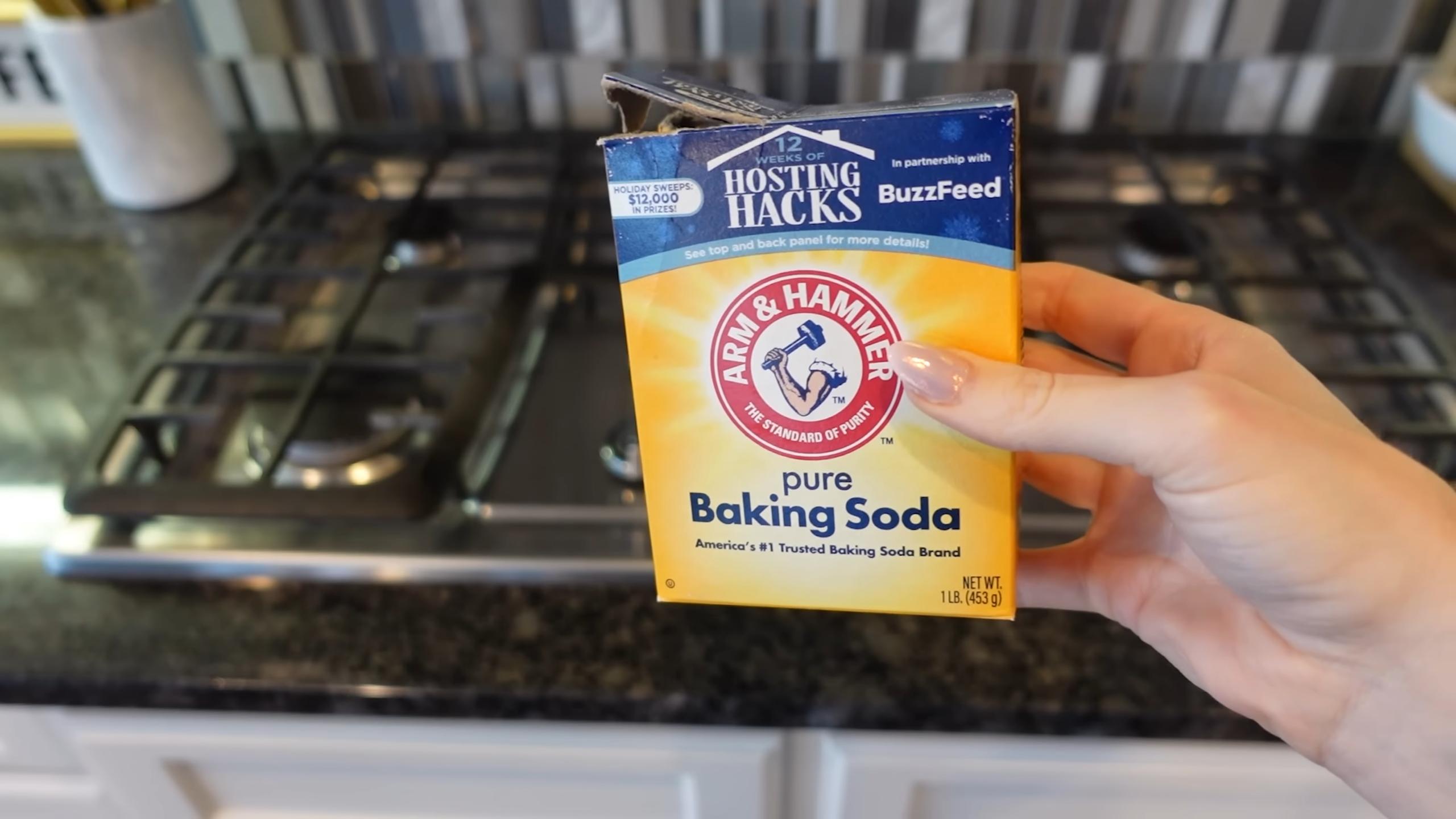
Unlocking the Power of Baking Soda: My Favorite Cleaning Hacks
Baking soda, that humble box of white powder sitting in your pantry, is a cleaning superhero in disguise! It’s cheap, readily available, and surprisingly effective at tackling a wide range of cleaning challenges. Let’s dive into some of my favorite baking soda cleaning hacks.
Cleaning Your Oven
A dirty oven can be a daunting task, but baking soda can make it much easier. This is one of my go-to cleaning methods.
- Gather your supplies: Baking soda, water, a spray bottle, a sponge or scrub brush, rubber gloves, and a scraper (optional).
- Prepare the oven: Remove any loose debris from the oven.
- Make the paste: In a bowl, mix baking soda and water to create a thick paste. The consistency should be similar to toothpaste.
- Apply the paste: Generously apply the paste to all the dirty areas of your oven, including the racks. Don’t be shy! The thicker the better.
- Let it sit: Let the paste sit overnight (or for at least 8 hours). The baking soda will work its magic, loosening the baked-on grime.
- Scrub and wipe: The next day, use a sponge or scrub brush to gently scrub the paste. For stubborn stains, you can use the scraper. Wipe clean with a damp cloth.
- Clean the racks: If your oven racks are removable, you can soak them in a separate container with baking soda and water. Scrub and rinse thoroughly.
Tackling Tough Grease and Grime
Baking soda is amazing at cutting through grease. I use it all the time on my stovetop and kitchen counters.
- Sprinkle baking soda: Sprinkle a generous amount of baking soda directly onto the greasy surface.
- Add water (optional): For extra cleaning power, lightly dampen the baking soda with water to form a paste. This helps it adhere better.
- Scrub: Use a sponge or brush to scrub the surface gently. The baking soda will help lift the grease.
- Wipe clean: Wipe the surface clean with a damp cloth or sponge. Rinse thoroughly.
Freshening Your Refrigerator
A smelly refrigerator is nobody’s friend. Baking soda is a natural deodorizer and can help keep your fridge smelling fresh.
- Pour baking soda into a container: Place an open container of baking soda inside your refrigerator. An open box works fine, or you can use a small bowl or jar.
- Replace regularly: Replace the baking soda every 3-4 months or sooner if it starts to lose its effectiveness. You’ll know it’s time when it no longer absorbs odors effectively.
Cleaning Your Microwave
Microwave splatters are a common problem. Baking soda makes quick work of them.
- Fill a bowl with water and baking soda: Add about 1/4 cup of baking soda to a microwave-safe bowl filled with water.
- Microwave: Microwave on high for 5-10 minutes, or until the water is boiling and the steam has loosened the splatters.
- Wipe clean: Let the bowl sit for a few minutes, then carefully remove it (it will be hot!). Use a damp cloth or sponge to wipe away the softened splatters.
Cleaning Your Coffee Maker
Coffee residue can build up in your coffee maker over time. Baking soda can help remove it.
- Mix baking soda and water: Mix equal parts baking soda and water to create a paste.
- Apply to the carafe and filter basket: Apply the paste to the carafe and filter basket, scrubbing gently to remove coffee stains and residue.
- Run a cycle: Run a cycle of water through the coffee maker to rinse away the baking soda.
- Repeat if necessary: Repeat the process if necessary to achieve a thorough clean.
Cleaning Your Dishwasher
Even your dishwasher needs a good cleaning sometimes! Baking soda can help keep it running smoothly.
- Sprinkle baking soda: Sprinkle 1/2 cup of baking soda into the bottom of your empty dishwasher.
- Run a cycle: Run a hot water cycle. The baking soda will help remove grease and grime from the interior.
Cleaning Your Silverware
Tarnished silverware? Baking soda can help restore its shine.
- Line a bowl with aluminum foil: Line a bowl with aluminum foil, shiny side up.
- Add hot water and baking soda: Add hot water and 1/4 cup of baking soda to the bowl.
- Place silverware in the bowl: Place your tarnished silverware in the bowl, making sure the pieces are in contact with the aluminum foil.
- Let it sit: Let the silverware sit in the bowl for 15-30 minutes. You should see the tarnish disappear.
- Rinse and dry: Rinse the silverware thoroughly and dry immediately to prevent water spots.
Cleaning Your Bathroom
Baking soda can be used to clean various bathroom surfaces, from sinks and tubs to toilets.
- Make a paste: Mix baking soda with water to create a paste.
- Apply to the surface: Apply the paste to the surface you want to clean.
- Scrub: Scrub the surface with a sponge or brush.
- Rinse: Rinse the surface thoroughly with water.
Important Note: Always test a small, inconspicuous area first before applying baking soda to a larger surface to ensure it doesn’t damage the material.
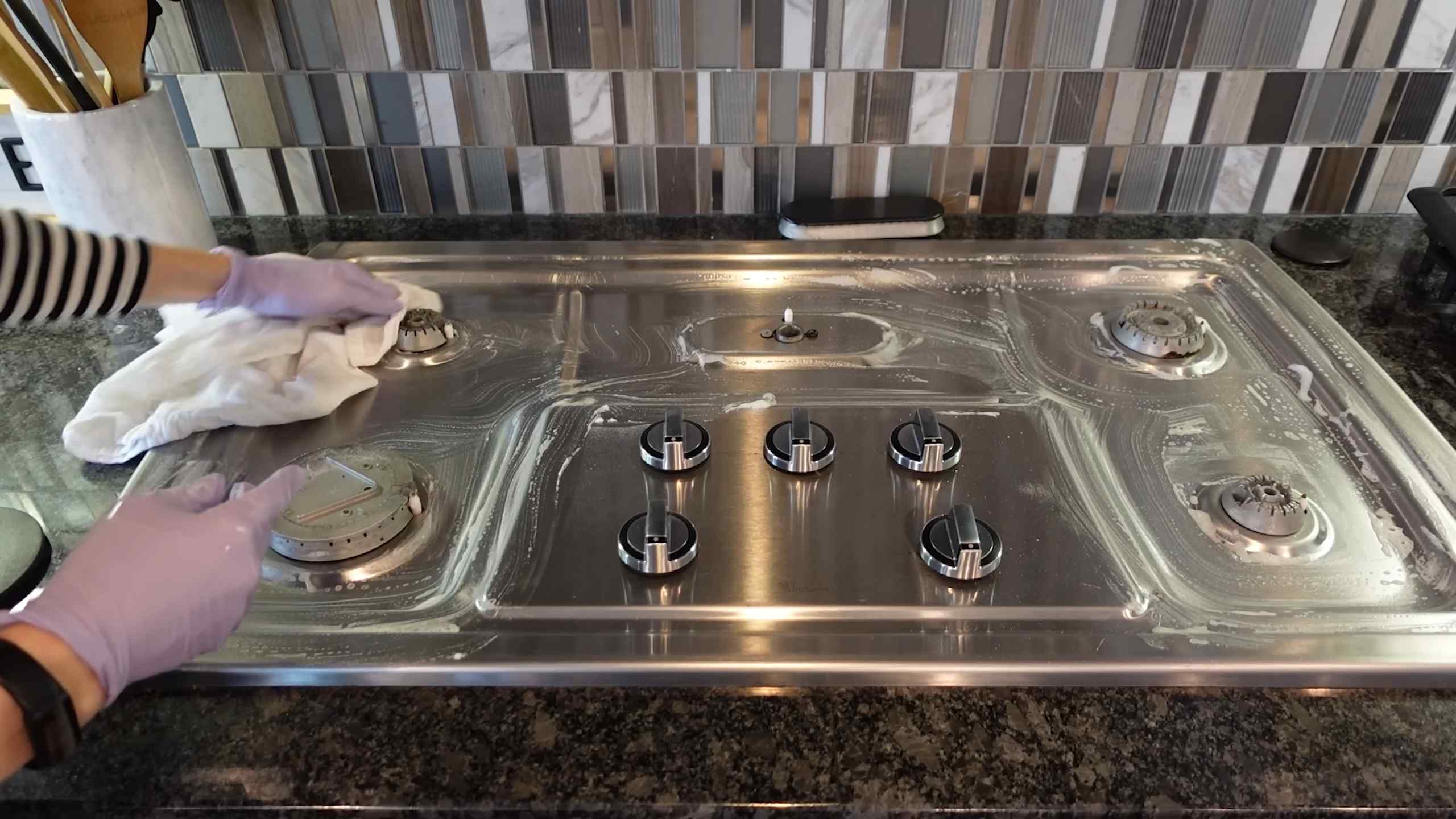
Conclusion
So there you have it! A comprehensive guide to unlocking the amazing cleaning power of baking soda. This versatile, inexpensive household staple truly deserves a place in your cleaning arsenal. From tackling stubborn grease in your oven to brightening your whites and eliminating odors from your fridge, the baking soda cleaning hacks detailed above offer a natural, effective, and budget-friendly alternative to harsh chemical cleaners. This DIY approach not only saves you money but also contributes to a healthier home environment for you and your family. The satisfying results you’ll achieve, seeing grime disappear and surfaces sparkle, are incredibly rewarding. It’s a simple switch that makes a significant difference. Forget those expensive, heavily marketed cleaning products; embrace the power of baking soda and experience the joy of a naturally clean home.
Beyond the specific hacks outlined, the possibilities are truly endless. Experiment with different combinations! Try adding a few drops of essential oils like lemon or tea tree to your baking soda paste for a pleasant aroma and added disinfecting properties. For tougher stains, let the baking soda paste sit for a longer period before scrubbing. For delicate surfaces, always test a small, inconspicuous area first to ensure compatibility. You can even use baking soda as a gentle abrasive for cleaning jewelry or polishing silverware – just be sure to use a soft cloth to avoid scratching. Don’t be afraid to get creative and adapt these techniques to your specific cleaning needs. The beauty of baking soda lies in its adaptability.
We strongly encourage you to try these baking soda cleaning hacks and discover the transformative power of this simple ingredient. Share your experiences with us! Let us know which hacks worked best for you, what variations you experimented with, and any other clever uses you’ve discovered. Your feedback and insights will inspire others and help build a community of eco-conscious cleaners. Join the conversation and let’s spread the word about the incredible cleaning potential of baking soda. Let’s make cleaning easier, more affordable, and more environmentally friendly, one baking soda paste at a time!
Frequently Asked Questions
What are the safety precautions when using baking soda for cleaning?
Baking soda is generally safe, but some precautions are advisable. Avoid inhaling large amounts of baking soda powder, especially in enclosed spaces. Always wear gloves when using baking soda for cleaning, particularly when dealing with strong grease or stains, to protect your skin. For sensitive skin, a patch test is recommended before widespread application. Keep baking soda out of reach of children and pets. While non-toxic, ingestion of large quantities can cause digestive upset.
Can baking soda scratch surfaces?
Baking soda is a mild abrasive, so it’s generally safe for most surfaces. However, it’s crucial to use a soft cloth or sponge to avoid scratching delicate materials like polished wood, granite countertops, or non-stick cookware. Always test a small, inconspicuous area first before applying baking soda to a larger surface. For extremely delicate surfaces, it’s best to opt for a gentler cleaning method.
How long should I leave baking soda paste on a surface before scrubbing?
The ideal time to leave a baking soda paste on a surface depends on the type of stain or grime you’re tackling. For light stains and everyday cleaning, 10-15 minutes is usually sufficient. For stubborn stains or grease buildup, you may want to leave the paste for 30 minutes or even longer. For particularly tough situations, you can even apply the paste overnight and scrub in the morning. Always check the surface periodically to ensure it’s not being damaged.
Can I use baking soda on all types of fabrics?
Baking soda is generally safe for most fabrics, but it’s important to test a small, hidden area first. It’s particularly effective for brightening whites and removing odors from clothes. However, it’s not recommended for delicate fabrics or those that are colorfast. Always check the care label before using baking soda on any fabric. For delicate items, consider using a gentler cleaning method.
Does baking soda kill germs and bacteria?
While baking soda isn’t a disinfectant in the same way as bleach, it does have some antibacterial and antifungal properties. It works by altering the pH levels, making it difficult for bacteria and fungi to thrive. However, for thorough disinfection, it’s best to combine baking soda with other cleaning agents, such as vinegar or essential oils with known antimicrobial properties. Always follow up with a thorough rinse.
What are some alternative uses for baking soda beyond cleaning?
Baking soda’s versatility extends far beyond cleaning. It can be used as a natural deodorizer for carpets, shoes, and refrigerators. It can also be used as a baking ingredient, a toothpaste additive, and even a remedy for heartburn. Its ability to absorb odors and neutralize acids makes it a valuable tool in various household applications. Explore its potential uses and discover its many benefits beyond cleaning.

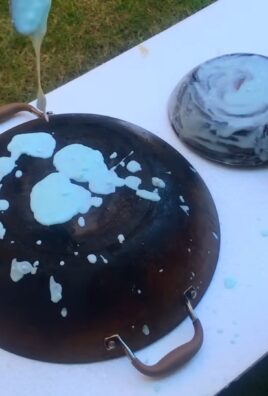
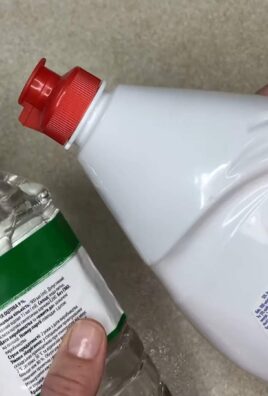
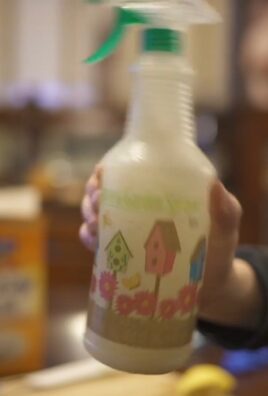
Leave a Comment